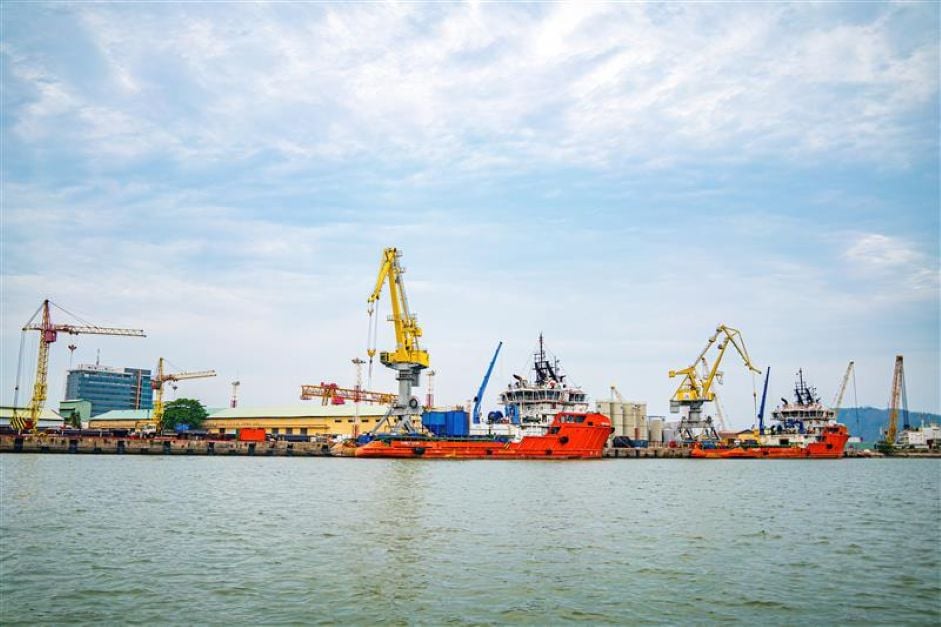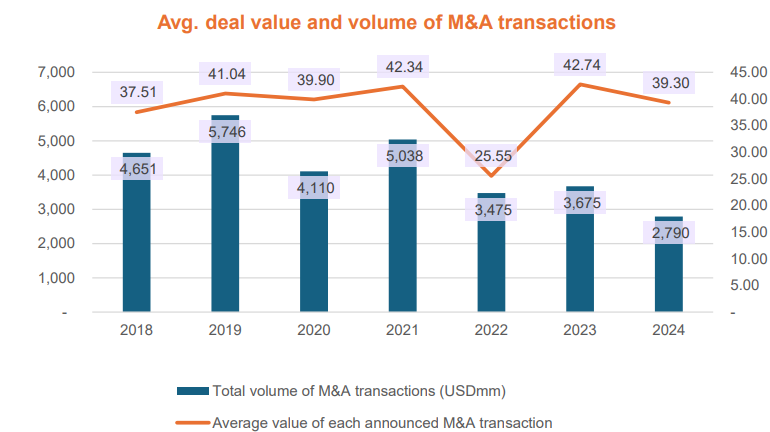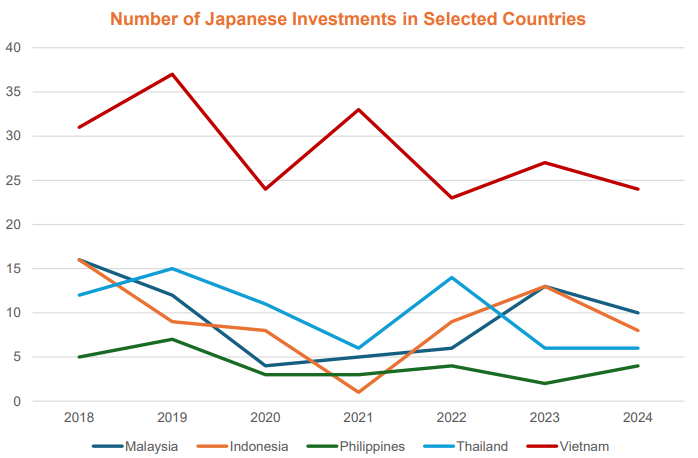"M&A in Vietnam" seminar in Tokyo, Japan

On July 25th, Grant Thornton Vietnam, in collaboration with Grant Thornton Japan and Mori Hamada Law Firm, successfully held the "M&A in Vietnam" seminar in Tokyo, Japan. The event attracted over 100 participants, including representatives from major Japanese corporations, financial investment funds, and top strategic advisors.
The seminar provided Japanese businesses interested in the Vietnamese market with comprehensive and insightful perspectives on Vietnam's economic growth potential, recent M&A trends, critical considerations from financial, tax, and legal standpoints when conducting M&A transactions in Vietnam, as well as an opportunity for direct dialogue on the challenges and opportunities arising from the new tariff policies recently imposed by the United States on goods exported from Vietnam. Additionally, the event reaffirmed Vietnam's increasingly prominent role in the Southeast Asian region.
Two primary topics were discussed extensively at the seminar: First, the robust growth momentum of cross-border M&A activities involving foreign investment into Vietnam, spearheaded by Japanese investors, benefiting from cultural business similarities and Vietnam’s stable macroeconomic environment. Second, the seminar analyzed and evaluated the impact of the new U.S. tariff policies on Asian economies in general and Vietnam specifically, clarifying the foundations that position Vietnam as an attractive strategic destination amid the restructuring of global supply chains.
At the outset, speakers discussed the resilience of Vietnam's cross-border M&A activities (including in-out and out-in) during 2020–2024, a period marked by significant global economic disruptions from the Covid-19 pandemic, geopolitical tensions, rising inflation, and other uncertainties. Despite these global and regional downturns, Vietnam maintained a stable transaction volume, ranking second within Southeast Asia, reflecting the enduring attractiveness of its market
Notably, in 2021, Vietnam's cross-border M&A transactions reached approximately USD 5.04 billion, signifying a substantial recovery compared to 2020 when the market nearly froze due to the pandemic. From 2018 to 2024, the average deal size remained consistently between USD 37–42 million, demonstrating dynamic market conditions and strong international capital attraction from small and medium-sized enterprises (SMEs).

Among foreign investors, Japan stands out as Vietnam's leading strategic partner, averaging around 28 M&A deals annually, with an average investment value of approximately USD 778 million per year between 2018–2024. These figures place Vietnam as Japan's top investment destination within Southeast Asia, significantly ahead of neighboring countries such as Indonesia, Malaysia, the Philippines, and Thailand.
The scale of Japanese investments in Vietnam varies widely, from a few million to billions of dollars, highlighted by SMTB Bank’s acquisitions of shares in FE Credit (2021) and VPBank (2023), totaling USD 2.9 billion. Vietnam's attractiveness to Japanese investors stems from clear competitive advantages such as affordable labor costs, expanding domestic consumption, and favorable legal frameworks provided by trade agreements like CPTPP and VJEPA. Furthermore, cultural similarities and strong bilateral relationships further solidify Japan's leading role in Vietnam's M&A landscape.
All these factors firmly establish Vietnam not just as a promising market but as the top-priority destination for Japanese investors in Southeast Asia.

One of the highlights discussed at the seminar was the impact of new U.S. tariff policies on Vietnam and broader Asia. Prior to April 2025, Vietnamese exports to the U.S. were subject to an average MFN tariff rate of around 5.1%. However, the proposed increase to a 46% tariff by the U.S. in April 2025 generated significant concern, severely threatening the competitiveness of Vietnamese goods. Thanks to prompt and effective responses from the Vietnamese government, a new agreement reached in July 2025 set tariffs at 20% for direct exports, 40% for transshipped goods, and 10% or zero percent for fully verified Vietnamese-origin products.
This revised tariff agreement repositioned Vietnam from being among the highest-taxed countries globally to having a relatively low tariff rate in the region, just slightly above Indonesia and the Philippines by approximately 1%. This shift strongly reinforced Vietnam’s strategic role within global supply chains, especially when major economies like China and India have yet to secure similar favorable arrangements.
According to Ms. Nguyen Thi Vinh Ha, Head of Advisory Services at Grant Thornton Vietnam, the negotiated tariff agreement clearly demonstrates Vietnam's negotiation capabilities and governmental commitment to maintaining a highly attractive economic environment for international investors. However, Ms. Ha also cautioned businesses regarding two major challenges: reduced profit margins due to still-higher tariffs, particularly impacting sectors like textiles, footwear, and furniture; and stricter origin requirements, necessitating enhanced management systems, clear and transparent production processes, and thorough documentation to mitigate risks associated with high-tariff classifications.
A quick survey conducted at the seminar showed that 57% of participating Japanese businesses plan to invest in Vietnam within the next two years, particularly targeting manufacturing, infrastructure, Renewable Energy and Technology. Although transshipment issues were raised, they were not perceived as significant obstacles. This further underscores Vietnam’s attractiveness as a strategic investment hub, prepared to embrace a new wave of investments amid global supply chain restructuring.Overall, the seminar reaffirmed Vietnam’s compelling position and exceptional appeal to international investors, especially in the context of significant global supply chain shifts. Supported by strong internal reforms, proactive foreign policies, and adaptability to market fluctuations, Vietnam is not only seizing opportunities but also emerging as a promising investment hub within Asia. With close cooperation between the government, business community, and international investors, Vietnam is poised for a stronger, more sustainable growth trajectory in the coming years.
Contact us
